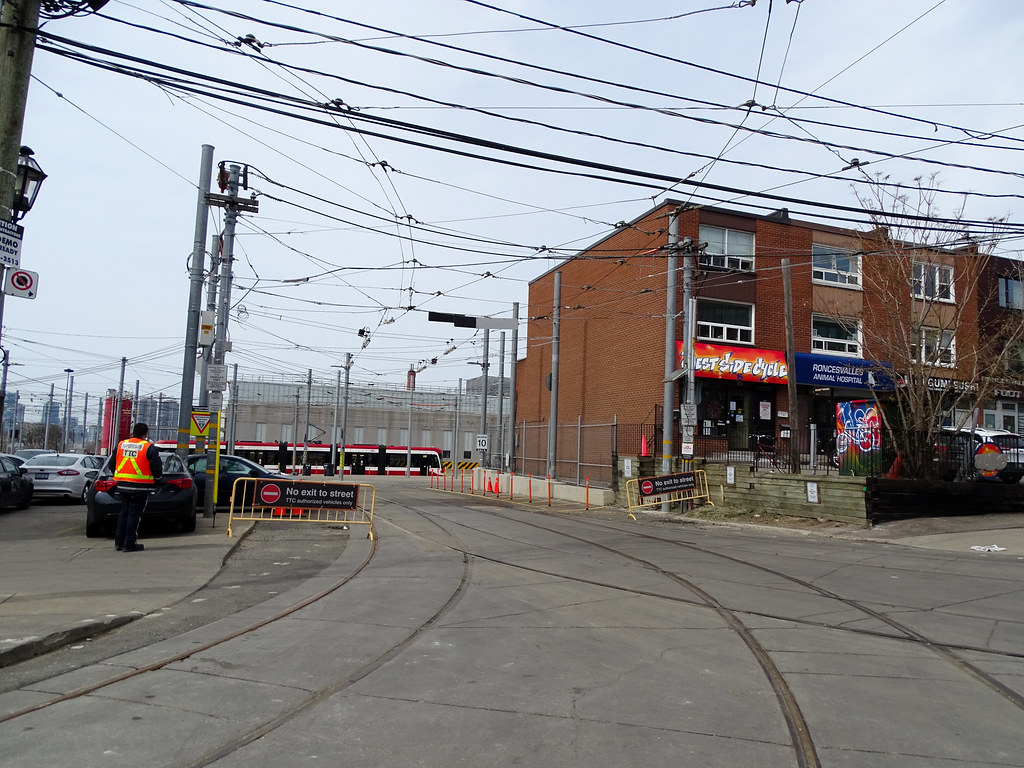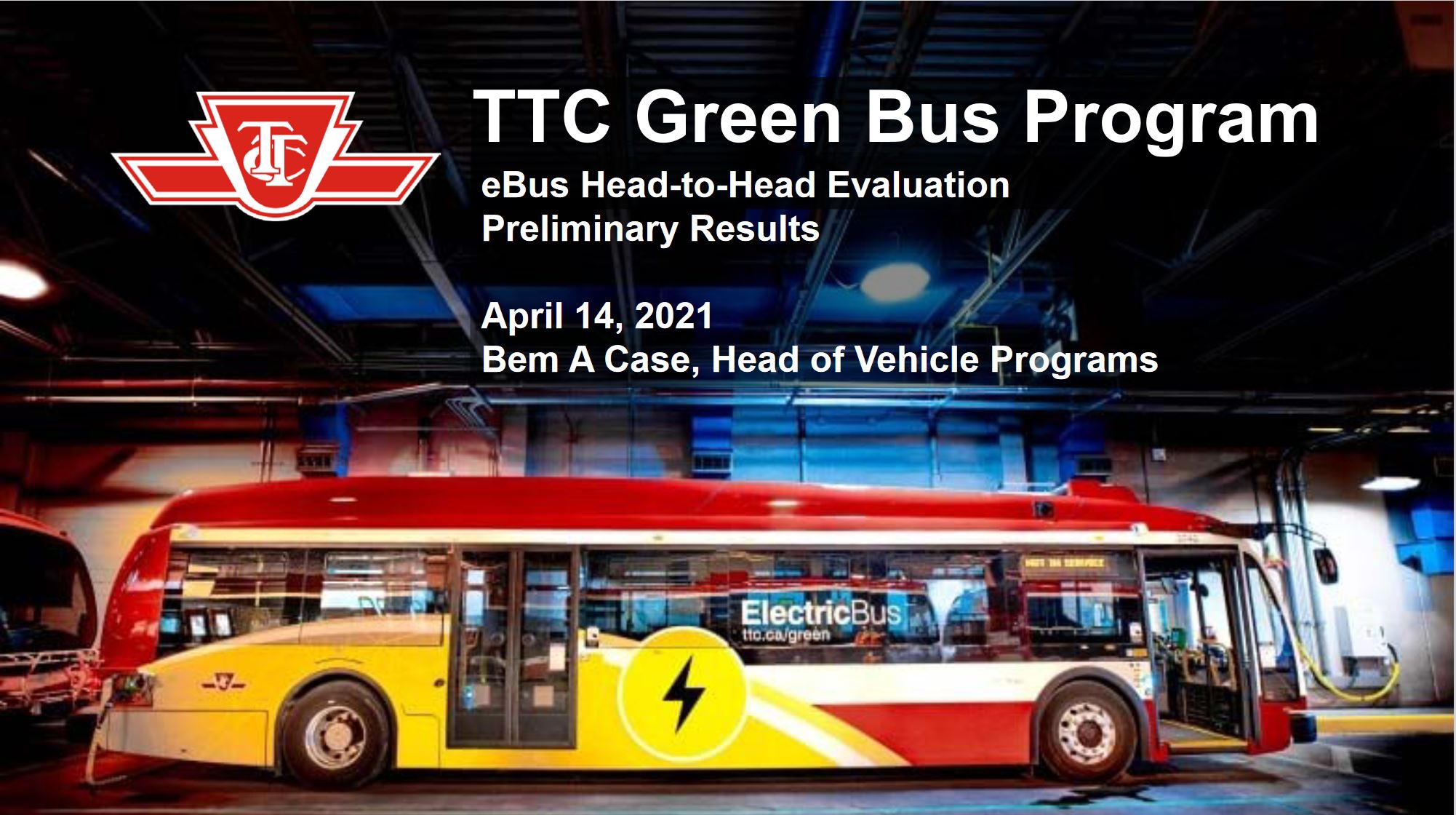Those watching rising COVID-19 case counts that have spiked over 4,000 per day in Ontario amid a
provincewide emergency shutdown are shocked that this type of congestion on a public transit vehicle is happening at all, let alone regularly.
The bus in question has been at least 20 minutes late, leading to backlogs of transitgoers, which is "a fairly common occurrence," Monich writes in the post.
He also goes on to cite some of the other unmonitored atrocities he's seen on the bus over the course of the pandemic: people spitting or coughing on others, people removing their face masks immediately after boarding, and more.
"I have yet to have a single commute where everyone is wearing a face mask," the post reads.
"This is really challenging for the TTC to monitor, I get that... but it is my opinion that to provide safe service, they must be focused on providing on-time service. To me, this should be fairly easy when the streets are empty at 4:30 a.m."
The TTC
told the CBC yesterday that such documentation of what they consider to be rare conditions on some of their vehicles are helpful for determining where to ramp up service, which it plans to do for the busiest routes.






















